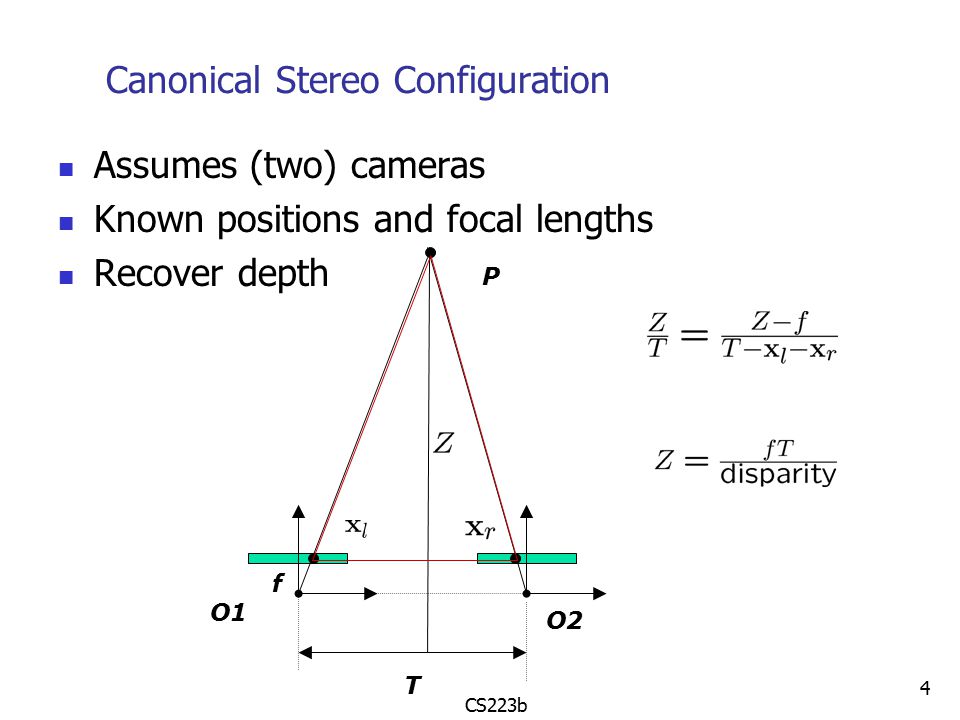Is cv::triangulatePoints() returning 3D points in world coordinate system?
Considering a moving camera with fixed calibration matrix (intrinsic parameters), I am triangulating tracked feature points from two views that are not consecutive. The view poses are in camera coordinate system and images are already undistorted before detecting and tracking features.
Please can you confirm if the triangulated points are in world coordinate system after applying the cv::triangulatePoints() and cv::convertPointsFromHomogeneous() functions.


